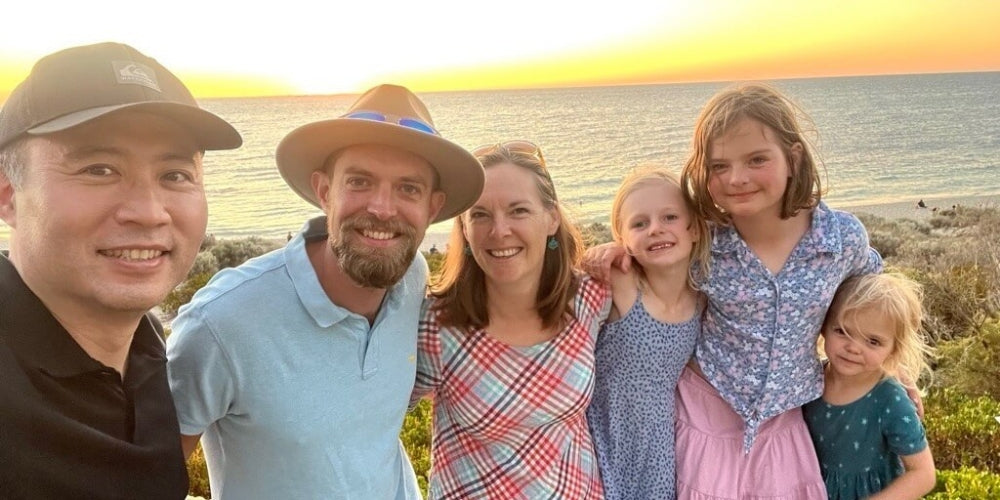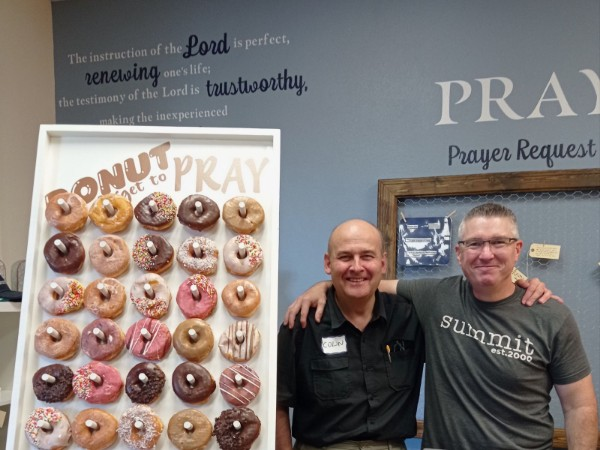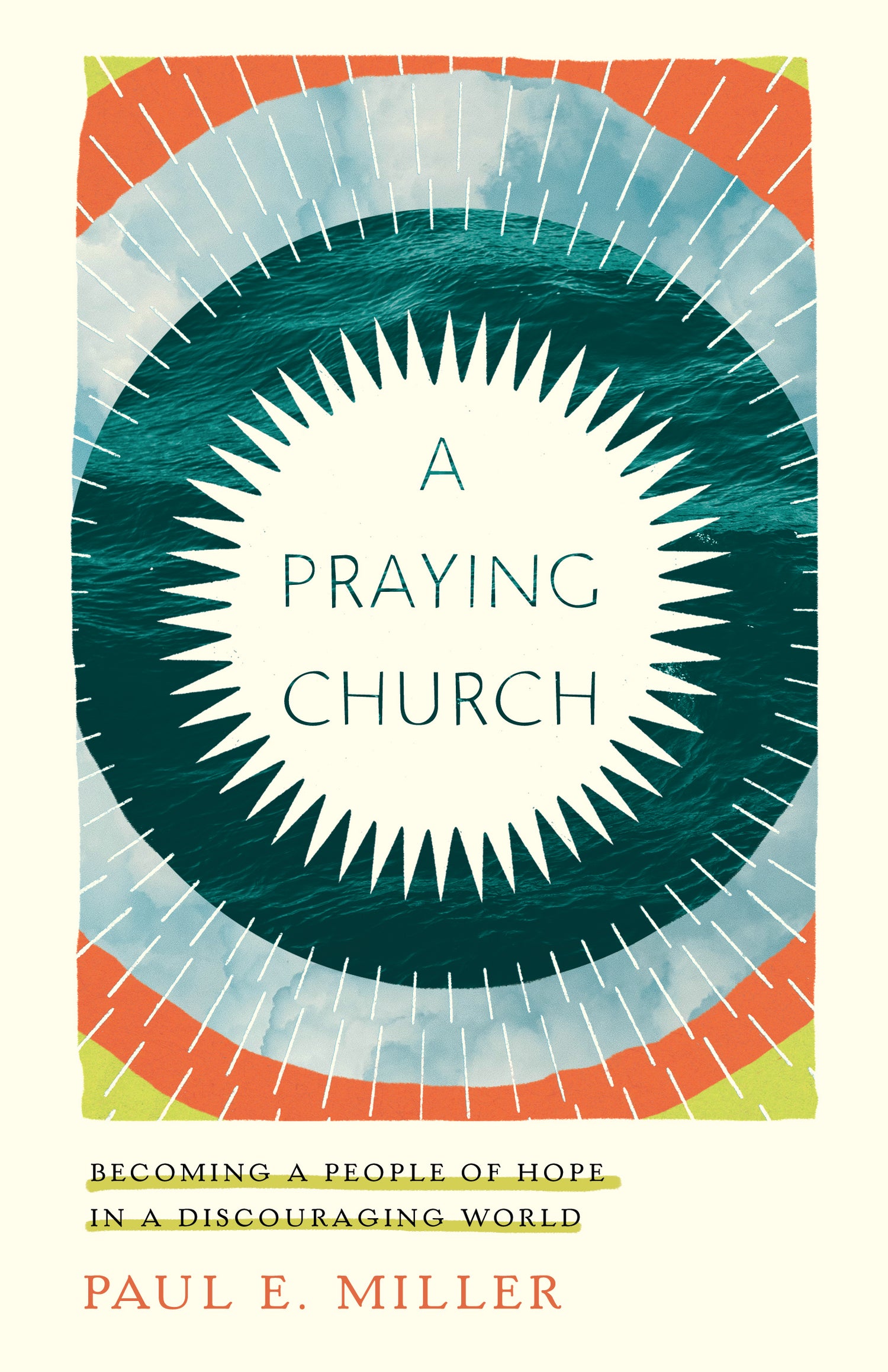Recently I came across the true story of a missionary called Herbert Jackson who was assigned a car on the mission field that wouldn’t start without a push. So for two years, he came up with all kinds of creative solutions. Sometimes he got his students to push his car, other times he would park it on top of a hill so that it could roll down, and sometimes he would just leave the car running and hope it was still running when he got back.
I thought to myself: “This is a great picture of how I’ve been doing ministry.”
By God’s grace, from about 2002 to 2012, I led a fruitful youth ministry at an Anglican church in Melbourne, Australia, that experienced significant growth. Then I got recruited to a “bigger and better” church, where I was the youth and young adults pastor.
It was during that time that I came across a Francis Schaeffer quote that really got under my skin: “The central problem of our age is… the church of the Lord Jesus Christ, individually and corporately, tending to do the Lord’s work in the power of the flesh rather than of the Spirit.”1
The central problem of our age is… tending to do the Lord’s work in the power of the flesh rather than of the Spirit.
After three years of doing exactly that in my new role, I was completely cooked. I had a major health collapse, and ever since (2015) I’ve been battling an oftentimes crippling chronic fatigue. It got so bad that, five years later, when serving as an associate pastor at a church in Perth, I told my boss: “It’s time for me to leave. I can’t do this anymore.” He encouraged me not to leave, but to take a break.
In God’s providence, it was during that break, that I “met” seeJesus. Paul Miller’s J-Curve book had just come out, and a friend with City to City Australia recommended it. It resonated deeply with me, as my ministry career felt like one long J-Curve. I went online and discovered that Paul was offering an online J-Curve Seminar that winter (2020), and it just so happened to be in the one stretch of time when someone 12 time zones away could manage it, so I signed up.
Little did I know the journey that would begin there! After the seminar I did an online study, and eventually I wound up in an A Praying Life cohort where an assignment to write a lament just broke me. It wasn’t that I didn’t have anything to lament. It was that the prospect of giving voice to that pain hurt so much. When I shared my lament with the group, I wept.
The reason I share all this is to say: I was never planning on becoming a praying pastor, and I was never planning on leading a praying church. But now, because of my limitations, I feel like I haven’t got a choice… and I’m so very grateful for this mercy.
I was never planning on becoming a praying pastor, and I was never planning on leading a praying church.
As a pastor, I think I had a faulty model for how the church works. And I think this is quite common. It’s easy to think of the pastor, staff, and leadership as the center, doing all the things we do: worship, preaching, planning, finances, facilities. Prayer is often in there too, but usually a bit muted because our focus tends to be on the human effort.
That model is the same one Francis Schaeffer critiqued back in 1971: “If I woke up tomorrow morning, and all that the Bible teaches concerning prayer and the Holy Spirit were removed, what difference would it make in practice from the way we are functioning today? The simple tragic fact is that in much of the Church of the Lord Jesus Christ – the evangelical Church – there would be no difference whatsoever. We function as though the supernatural were not there.”2
It’s a little bit like the missionary, Jackson, I shared about at the beginning. So it turned out after two years, he finally had to leave the mission field due to ill health and a new missionary was assigned the same car. Jackson wanted to show him how to get it started, and so he went over the various solutions to starting the car. But the newly arrived missionary looked under the hood, found a loose wire, tightened it, got into the car, and turned the ignition. To the astonishment of Jackson, the car started. The powertrain had been there the whole time; there was just a loose connection.
Two years ago, Paul told me that he was writing a new book, called A Praying Church, and asked if I would like to be part of a small group of pastors who would go through the A Praying Church seminar with him, and learn to teach it ourselves.
This time it meant getting up at about 3:00 in the morning, but it was well worth it.
It’s been so exciting to discover what Paul calls the power-train of the church. A car’s powertrain moves power from the engine, to the transmission, and then to the wheels. The church’s powertrain is prayer, which brings the Spirit, who brings Jesus, who brings his power. We see this in lots of places in the New Testament, such as at Jesus’ baptism (Luke 3), during Pentecost (in Acts 1-2), and in the Church in Antioch (in Acts 12). We also see it in the Apostle Paul’s prayers, in Ephesians 1 and 3, and in Colossians 1, to name just a few examples.
The church’s powertrain is prayer, which brings the Spirit, who brings Jesus, who brings his power.
Understanding that powertrain at the core of the church leads us to a different model for how the church functions. All those important things are still there, but they move off center. The Spirit of Jesus is at the center, and we’re always asking him what he thinks about our preaching, what he thinks about our plans, what he wants for our worship, what his vision is for the church. And while prayer permeates everything, it is not the center, because the center is the Spirit of Jesus himself.
Our A Praying Church group has now gone through the material twice with Paul leading, and taught it to one another roundrobin style. And now we meet together at least once a month to keep honing and refining the content, reporting on what we’ve learned as we’ve taught it in various contexts.

Last year, I took my staff through the content, and then our church leadership. So when Jon H. offered to lead a seminar for my church while on a recent trip to Asia and Australia, I was eager. I asked the group if they’d be willing to put it together and they said an enthusiastic “yes!”
Where to from here? I’m hoping that this is just the beginning and not the end. I think we’ve still got plenty of work to do, both in our church but also in the church at large.
My number one encouragement to you, whether you are a person in the pew, or a pastor, is to start praying. Pray that more and more you will become a praying person (“Lord, teach us to pray”) and then pray that God will show you how to build a praying church. Prayer is the body of Christ breathing. It is how He brings life!
Hear more from Kieran about this journey by listening to some of his recent sermons:
Author: Kieran Carr
Kieran Carr works as a Locum Minister at St. Philips Anglican Church, Cottesloe, Australia.
1“The Lord’s Work the Lord’s Way,” sermon by Francis Schaeffer
2 True Spirituality by Francis Schaeffer








